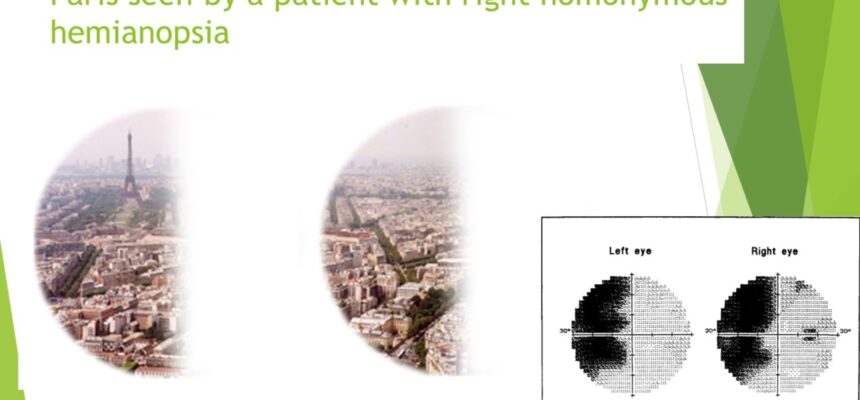1. Definition and Location:
-
- The occipital lobe is a crucial part of the brain responsible for interpreting visual information received from the eyes. It transforms this data into the images we perceive.
- Located at the rear part of the upper brain, the occipital lobe rests below the occipital bone of the skull. It is the smallest of the four major brain lobes.
- There are two occipital lobes, one in each hemisphere of the brain, separated by the central cerebral fissure.
2. Functions of the Occipital Lobe:
-
- Visual Processing: The occipital lobe handles various aspects of vision, including:
- Distance and Depth Perception: Determining how far objects are and their relative depth.
- Color Perception: Identifying colors.
- Object Recognition: Recognizing familiar objects.
- Face Recognition: Identifying faces.
- Motion Detection: Detecting movement.
- Memory Information: Storing visual memories.
- Binocular Perception: The occipital lobes receive visual input from both retinas, allowing us to perceive depth and spatial awareness.
- Visual Processing: The occipital lobe handles various aspects of vision, including:
3. Specific Sections within the Occipital Lobe:
-
- Primary Visual Cortex (Brodmann area 17 or V1):
- Receives information from the retina.
- Interprets and transmits data related to space, location, motion, and color.
- Secondary Visual Cortex (Brodmann areas 18 and 19 or V2, V3, V4, V5):
- Surrounds the primary visual cortex.
- Plays a role in more complex visual processing.
- Primary Visual Cortex (Brodmann area 17 or V1):
4. Damage and Associated Syndromes:
-
- Blindness: Complete occipital lobe damage can lead to cortical blindness, affecting the brain’s surface layers in this region.
- Visual Distortions: Occipital lobe damage may cause visual distortions, such as hallucinations.
- Anton Syndrome: A condition where blindness occurs due to occipital lobe damage and may be accompanied by denial of blindness.
Stroke in the Occipital Lobe:
- Visual Changes: The most common symptoms include blurry vision, hallucinations (such as flashing lights), and possible blindness.
- Field Deficits: Depending on which part of the occipital lobe is affected, patients may experience loss of vision in specific visual fields.
- Cortical Blindness: In severe cases, there can be a complete loss of vision, which may lead to permanent blindness if not treated promptly.
- Additional Symptoms: Headaches, difficulty with balance, memory issues, and weakness on one side of the body may also occur.
Strokes affecting the occipital lobe are typically associated with the posterior cerebral artery (PCA). The PCA arises from the top of the basilar artery and supplies the medial occipital lobe, which is responsible for vision. Therefore, a stroke in the PCA distribution commonly causes visual deficits, such as contralateral homonymous hemianopia, where there is loss of vision in the same visual field of both eyes.
Epilepsy Affecting the Occipital Lobe:
- Visual Hallucinations: Patients may see flashing or flickering lights, spots, or other visual distortions.
- Ictal Blindness: Temporary blindness during a seizure.
- Eye Movement Abnormalities: Involuntary eye movements or difficulty controlling eye movements.
- Postictal Symptoms: After the seizure, patients may experience temporary visual field deficits or blindness.
Clinical Significance:
- It’s important to recognize that while other types of strokes may present with more generalized symptoms like weakness or slurred speech, occipital lobe strokes often present with isolated visual disturbances.
- In epilepsy, occipital lobe seizures can be mistaken for migraines due to the visual aura that patients experience.
References:
(1)medicalnewstoday.com
(2)flintrehab.com
(3)verywellhealth.com
(4)ncbi.nlm.nih.gov
(5)osmosis.org
Verified by Dr. Petya Stefanova
